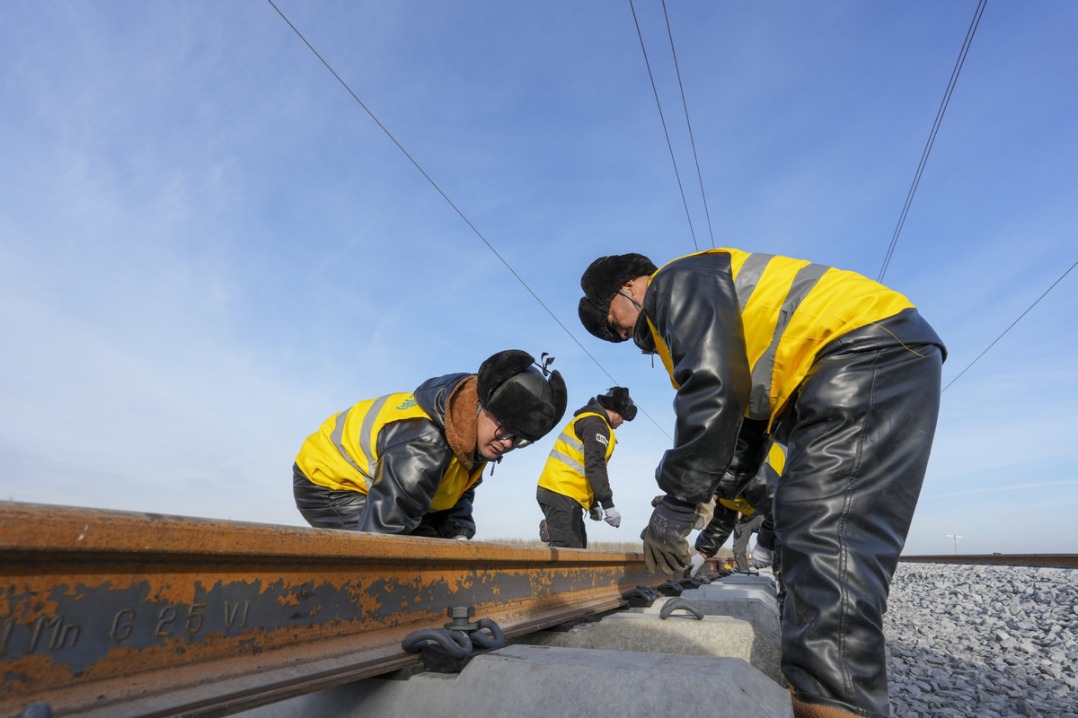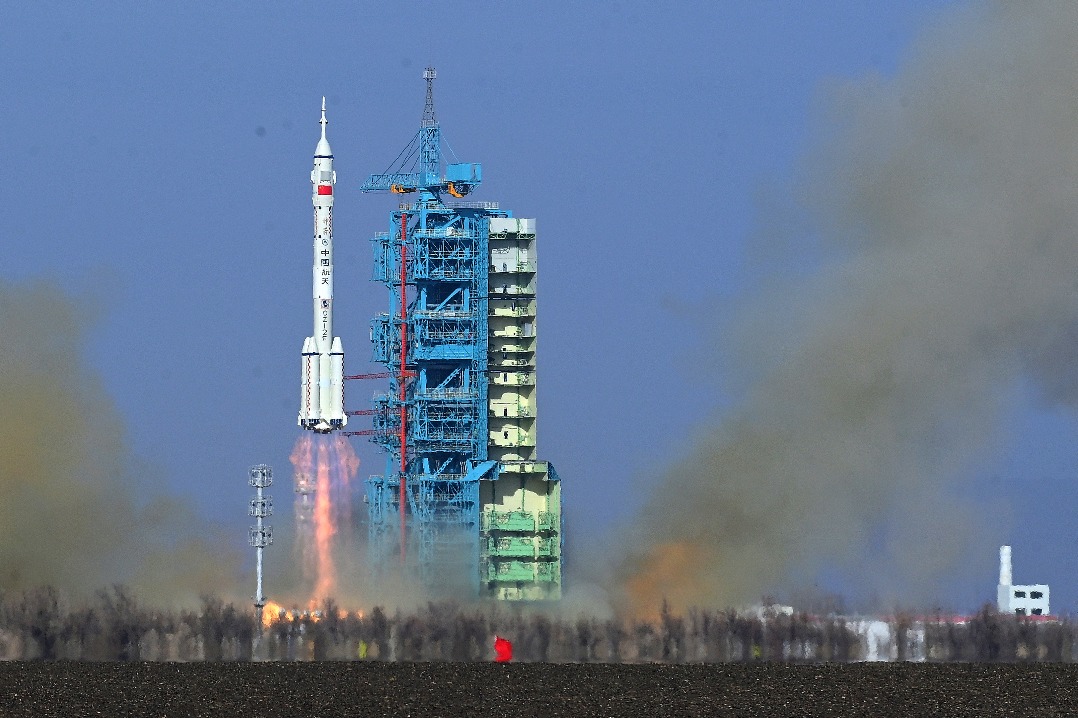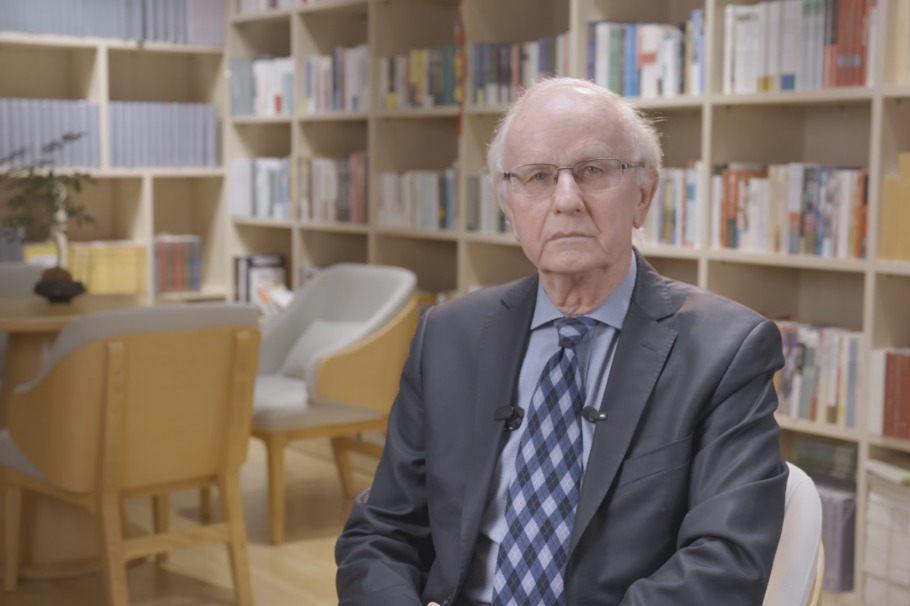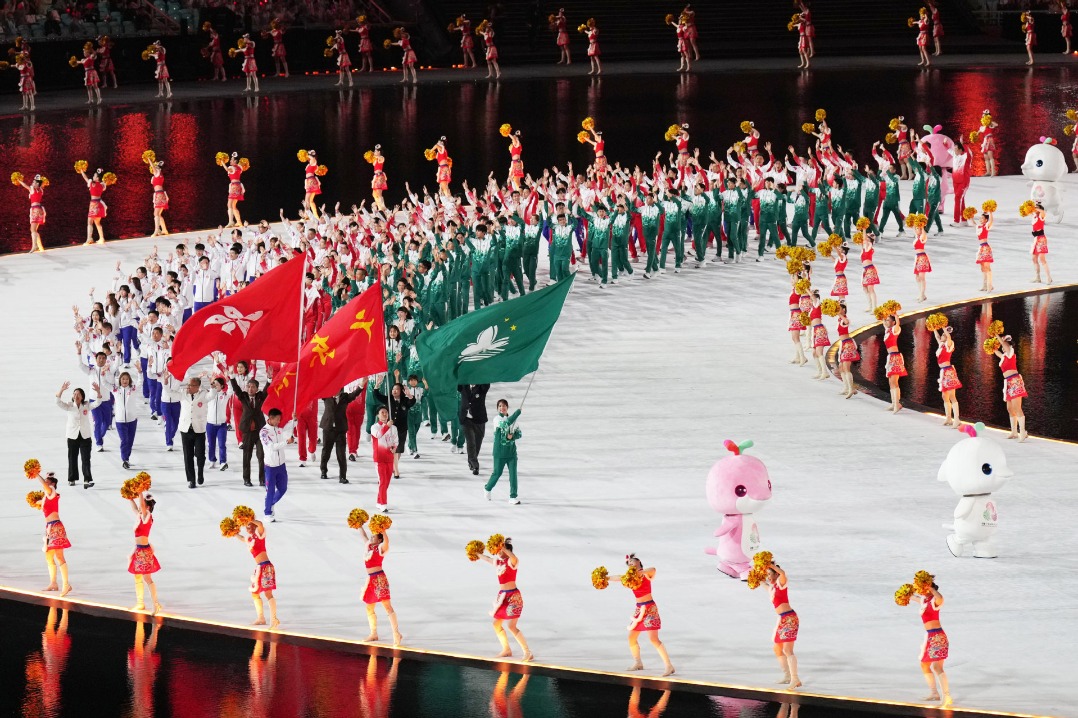Technology offers an immersive journey through time


One of the highlights of the newly opened Memorial for the First National Congress of the Communist Party of China in Shanghai is the use of technology.
The venue's 300-square-meter theater space uses the latest technologies, including an immersive imaging system, holographic "naked-eye" 3D technology, human body holographic imaging technology and LED art lighting.
There is also 360-degree panoramic sound effect technology that combines virtual scenes with those from real life to portray the preparations for and discussions at the historic meeting during which the Communist Party of China was founded.
Another notable feature is a sand table that includes a miniature landscape model of Shanghai in the 1920s and local landmarks related to the Party's growth from 1921 to 1933.
Zhang Yuhan, a researcher at the venue, said the multimedia digital sand table is based on professional mapping of Shanghai's main urban area in the 1930s.
The memorial also features two artificial intelligence interpreters that provide an introduction to the venue and information related to the historic meeting. They also answer visitors' questions.
The memorial hall's cultural and creative store, which sells products integrating art, innovation and technology, has attracted considerable attention. By picking up a bottle of water at the store and scanning a QR code on the label, visitors can play a video about the Party.
Shen Hong, a manager at Shanghai Art-Designing Co, said the use of diversified methods and technology would make displays at the venue more dynamic and immersive for visitors, helping them to understand the Party's history.
- Exhibition highlights connection between tech and humans
- PLA reserve personnel to get new IDs
- Wetlands of Yellow River estuary, a paradise for birds
- October crackdown targets misconduct, hedonism among officials
- Chengdu mayor investigated over suspected serious violations
- Blaze claims 13 lives, injures 16 in Hong Kong





































